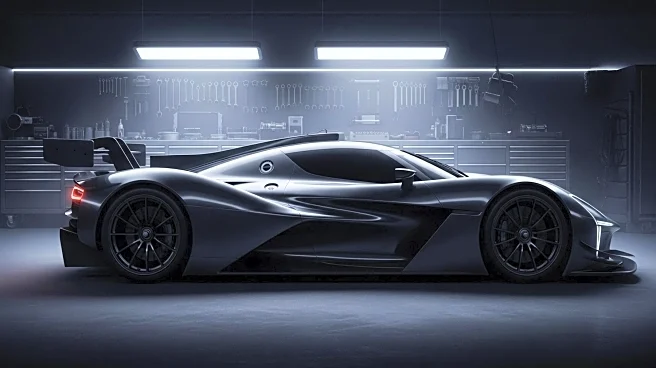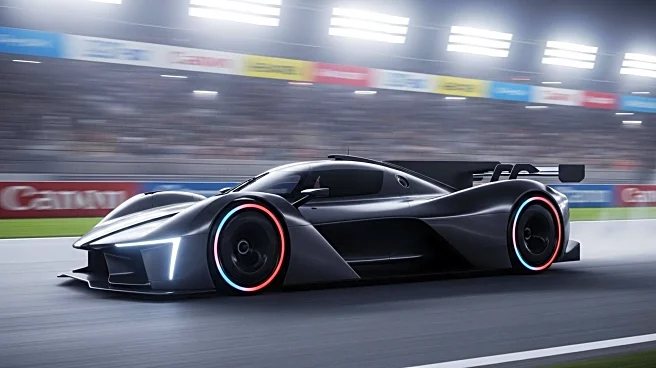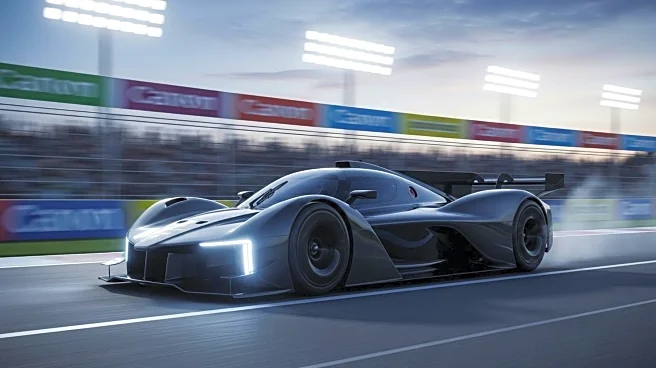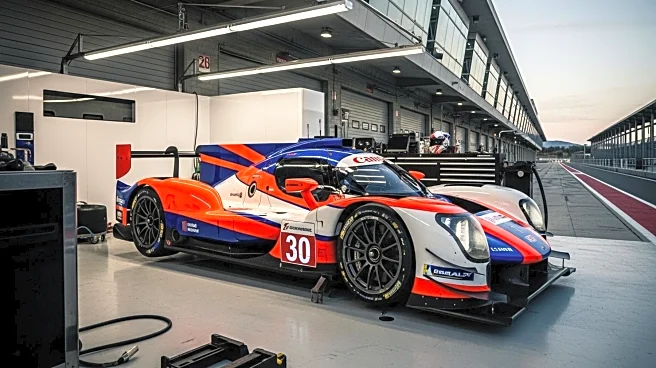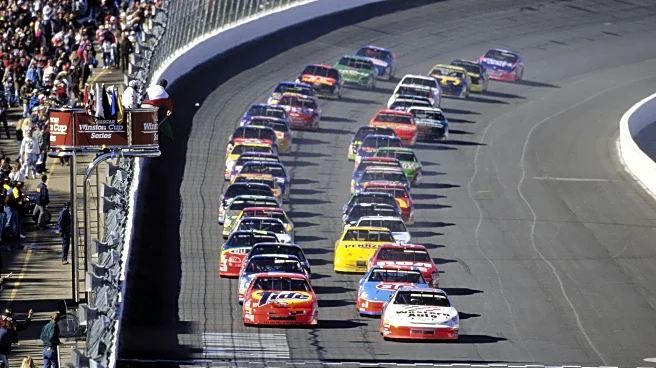What's Happening?
NASCAR Cup Series driver Chase Briscoe has expressed his views on NASCAR's decision to increase the horsepower of the Next Gen car from 670 to 750 in 2026. This change comes after drivers raised concerns about the current car's power deficit, which has made overtaking more challenging. The increase will apply only to short tracks and road courses. Briscoe supports the decision, noting that more power will lead to quicker tire wear and place more control in the hands of drivers. He anticipates that the change will reset the field and introduce uncertainty, particularly at worn-out racetracks like Iowa and Darlington.
Why It's Important?
The horsepower increase is significant for NASCAR as it addresses driver concerns about the competitiveness and excitement of races. By enhancing the power on specific tracks, NASCAR aims to improve the racing experience, potentially leading to more dynamic and engaging races. This change could impact team strategies and car setups, as teams will need to adapt to the new power dynamics. The decision reflects NASCAR's commitment to evolving the sport and maintaining its appeal to fans and drivers alike.
What's Next?
NASCAR plans to allow teams to increase horsepower on various road courses and short tracks, including the Circuit of the Americas, Watkins Glen, and Darlington. The organization has indicated that further decisions will be made regarding additional venues where the Next Gen car can operate with increased power. Teams and drivers will likely begin testing and adjusting to the new specifications to optimize performance under the new conditions.
Beyond the Headlines
The horsepower increase could lead to broader implications for NASCAR, such as changes in team dynamics and driver performance. It may also influence sponsorships and marketing strategies, as the sport seeks to attract new audiences and retain existing fans. The decision underscores the importance of innovation in motorsports and the ongoing efforts to balance tradition with modern advancements.

